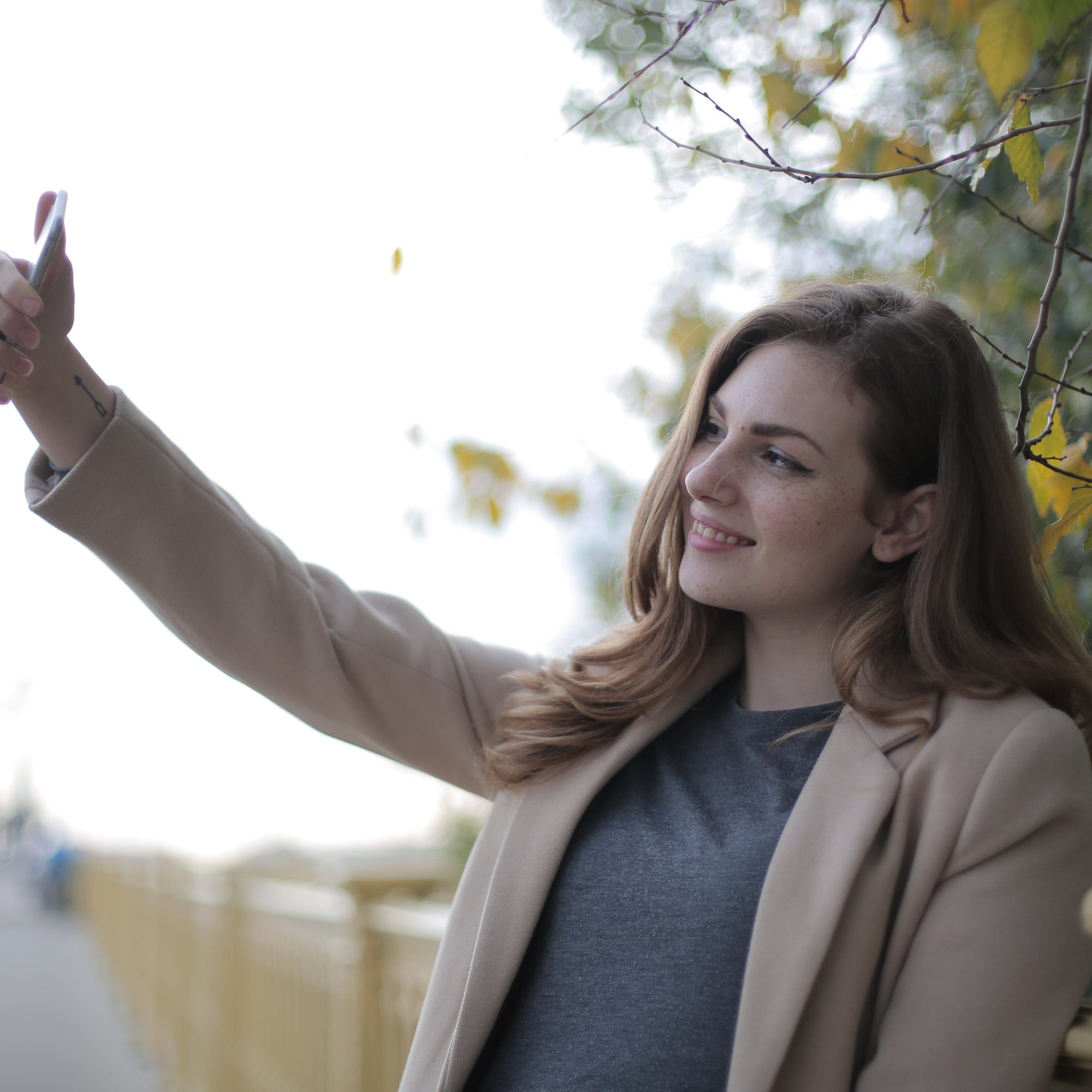I remember the first time I took a photo of a stranger, early in my career. I was wandering in a market, saw a woman with the most captivating expression, and clicked without thinking. Later, I questioned myself, ‘Was it right to capture her image without her consent?’ This dilemma leads us to our topic today – the ethical practices in photography concerning fair image use.
Ever wonder why you’re not supposed to take pictures of a concert or a movie being played in a theater? Or why sometimes, people on the streets ask not to be photographed? It’s all down to the ethics of image usage, a grey area marred by a blend of legal, ethical, and moral implications. Would you believe that according to a study, almost 85% of images shared online have their metadata stripped, and only a tiny fraction of those are shared ethically?
Imagine you are a chef. Photography, like cooking, requires not just skills, but also the right ingredients. In this case, the ingredients are the subjects in your images. You wouldn’t just take someone’s home-grown vegetables for your restaurant without asking, would you? Likewise, just because someone is in a public space doesn’t mean their image is public property.
Exploring this topic, we’ll delve into Emergency Photography Ethics, the importance of consent, and how to navigate this world with your camera in hand while respecting individual privacy.
Consent can seem like a tricky subject in photography. Often, we find ourselves in situations where asking for permission might disrupt the candidness of a shot. However, it’s crucial to respect personal boundaries. Here’s a simple rule of thumb: if the person you’re photographing could reasonably expect privacy in that situation, it’s typically wise to seek consent first.
Let’s imagine a situation. You’re attending a public event, and there’s a young couple lost in their own world, sharing an intimate moment. You might think, ‘This will make a great shot!’, but remember, even in public, people can have private moments. It’s these blurry lines that make ethical photography a constant learning experience.
Now, what about with professionals? With professional models and subjects, consent is typically obtained through a legally binding document known as a model release form. These forms protect both the photographer and the model, setting out the terms of use for the resulting images.
But, ethical photography doesn’t stop at getting consent. Retaining the integrity of the original scene is equally important. Unnecessary or misleading manipulation of images raises ethical questions too. Is it right to alter reality to suit your narrative?
Image manipulation has become a hot button issue in our digital age. With powerful editing tools at our fingertips, it’s easy to lose sight of where creativity ends and manipulation begins. We’ve all seen those overly-processed images that lose their authenticity. It’s like adding a heap of artificial flavor to our chef’s organic veggies – it diminishes the original essence. While cleaning up minor blemishes or tweaking contrast is generally acceptable, altering the narrative of the photo or misrepresenting the truth is not.
Imagine sharing a photograph of a bustling marketplace, filled with people, but in reality, you’ve digitally added half the crowd. This misrepresentation not only deceives the viewers but also disrespects the authenticity of your subject – whether that’s the place or the people.
In the end, ethical photography is akin to being a responsible global citizen. It’s about understanding and respecting the rights of others, being honest in our portrayal, and making an effort to learn and adapt. It isn’t always black and white, but that’s what makes it an engaging field. So, before you click that shutter next time, ask yourself: ‘Am I being fair and respectful with my image usage?’


0 Comment